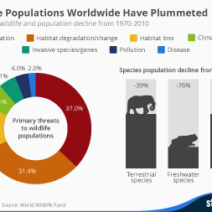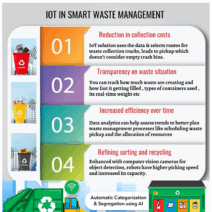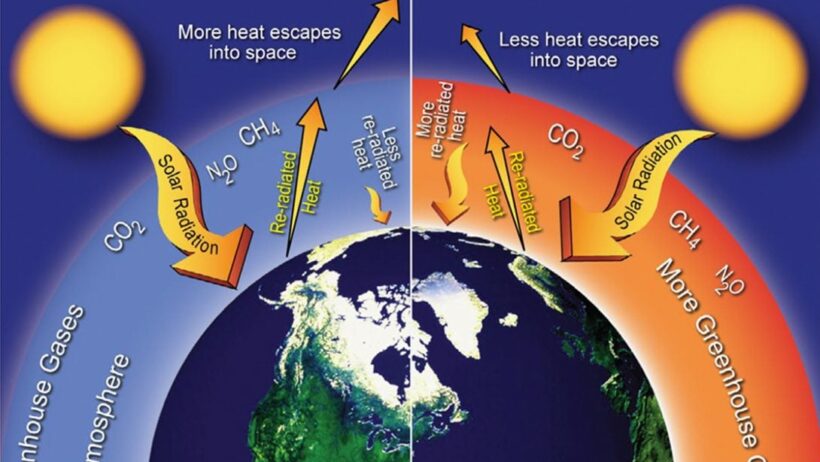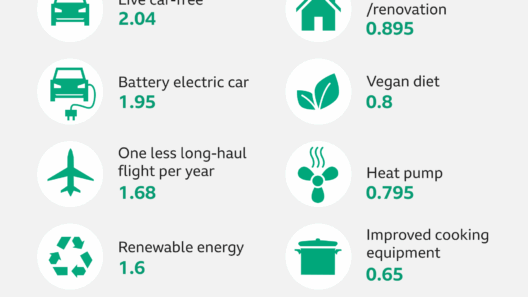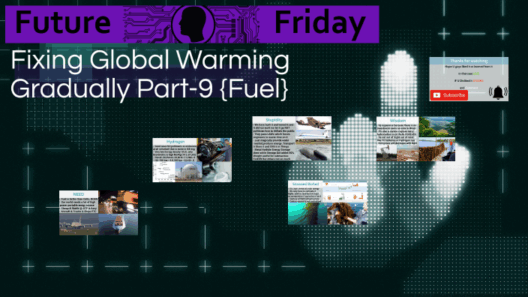Climate change is one of the most pressing issues facing our planet today. At the heart of this debate lies carbon dioxide (CO2), a gas often labeled as the primary culprit in global warming. Understanding the intricate relationship between carbon dioxide and rising temperatures is essential for crafting effective policies and strategies to mitigate climate change.
In this examination, we delve into the scientific intricacies that underscore the role of carbon dioxide in altering the Earth’s climate, the feedback mechanisms involved, and the broader implications of our reliance on fossil fuels.
The Role of Carbon Dioxide: A Greenhouse Gas Explained
To comprehend the role of carbon dioxide in global warming, it is necessary to first grasp what greenhouse gases are and how they function. greenhouse gases are substances that trap heat in the atmosphere, thereby contributing to the greenhouse effect. Among these, carbon dioxide is particularly significant due to its abundance and long atmospheric lifespan. When sunlight strikes the Earth’s surface, some of it reflects back into space, while the remainder is absorbed, subsequently warming the planet.
CO2 molecules absorb and re-radiate heat energy, leading to an increase in atmospheric temperatures. This natural phenomenon is critical for sustaining life; without it, the Earth’s average temperature would be around -18 degrees Celsius, making it inhospitable. However, human activities, primarily through the burning of fossil fuels and deforestation, have led to a dramatic increase in CO2 concentrations since the Industrial Revolution, from approximately 280 parts per million (ppm) to over 410 ppm today. This unprecedented spike in CO2 levels has resulted in an enhanced greenhouse effect, which is radically altering climate patterns.
Evidence Linking CO2 to Climate Change
Numerous scientific studies have established a correlation between rising atmospheric carbon dioxide levels and global temperature increases. The Intergovernmental Panel on Climate Change (IPCC) reports consistently indicate that human-induced emissions of greenhouse gases are the leading cause of observed global warming. A myriad of climate models, which simulate the Earth’s climate system, have demonstrated that CO2 emissions correlate closely with temperature rises over various time scales.
For instance, data indicates that the last century saw a rapid increase in global temperatures, particularly since the 1970s. During this period, the two primary drivers of warming, greenhouse gas concentrations and ocean heat content, have concurrently escalated. Furthermore, isotopic analysis of carbon indicates that the surge in atmospheric CO2 originates from fossil fuel combustion, establishing a clear link between human activity and climate change.
Feedback Mechanisms: Amplifying the Effects
One of the most alarming aspects of climate change is the potential for feedback mechanisms that can exacerbate warming. As temperatures rise, several processes can increase the concentration of greenhouse gases in the atmosphere, thereby accelerating global warming.
One noteworthy feedback loop involves the thawing of permafrost. As global temperatures rise, previously frozen organic matter is released, producing additional CO2 and methane—another potent greenhouse gas—further intensifying climate change. Additionally, warming oceans can lead to decreased capacity for CO2 absorption, resulting in even higher atmospheric concentrations.
Other feedback mechanisms include changes in land cover, which can alter albedo, the Earth’s reflectivity. Darker surfaces tend to absorb more heat, thereby increasing regional temperatures and prompting further CO2 emissions from vegetation stress and decay. Understanding these feedback loops is crucial, as they can significantly influence climate models and predictions for future warming.
Implications for Policy and Public Awareness
Recognizing the role of carbon dioxide in global warming is essential for formulating effective policies to counteract climate change. Strategies such as transitioning to renewable energy sources, enhancing energy efficiency, and implementing carbon pricing can be pivotal in reducing carbon emissions. Additionally, public awareness and education play a critical role in driving the demand for sustainable practices.
Moreover, advancing carbon capture and storage technologies can provide a pathway to mitigate existing carbon emissions. These innovations aim to trap CO2 at the source and store it underground, thus preventing it from entering the atmosphere and contributing to climate change.
Acknowledging the urgency of the situation, governments worldwide must prioritize climate action. Collaborative efforts among nations are essential, as climate change is a global challenge requiring a unified response.
The Path Forward: Individual and Collective Action
While systemic changes are imperative, individuals also play a pivotal role in combating climate change. Reducing carbon footprints through conscientious consumption, advocating for sustainable practices, and supporting green initiatives can collectively make a significant impact. Each individual’s actions contribute to a larger movement aimed at mitigating the effects of CO2-induced warming.
Conclusion: The Unyielding Case for Action
In conclusion, carbon dioxide plays an unequivocal role in global warming, as evidenced by extensive scientific research. The intricate nature of the climate system, coupled with anthropogenic factors, further complicates our understanding of the situation, emphasizing the need for immediate action. By adopting comprehensive policies and fostering individual responsibility, society can work collectively to navigate the challenges posed by rising temperatures and create a sustainable future for generations to come.
